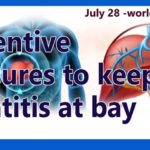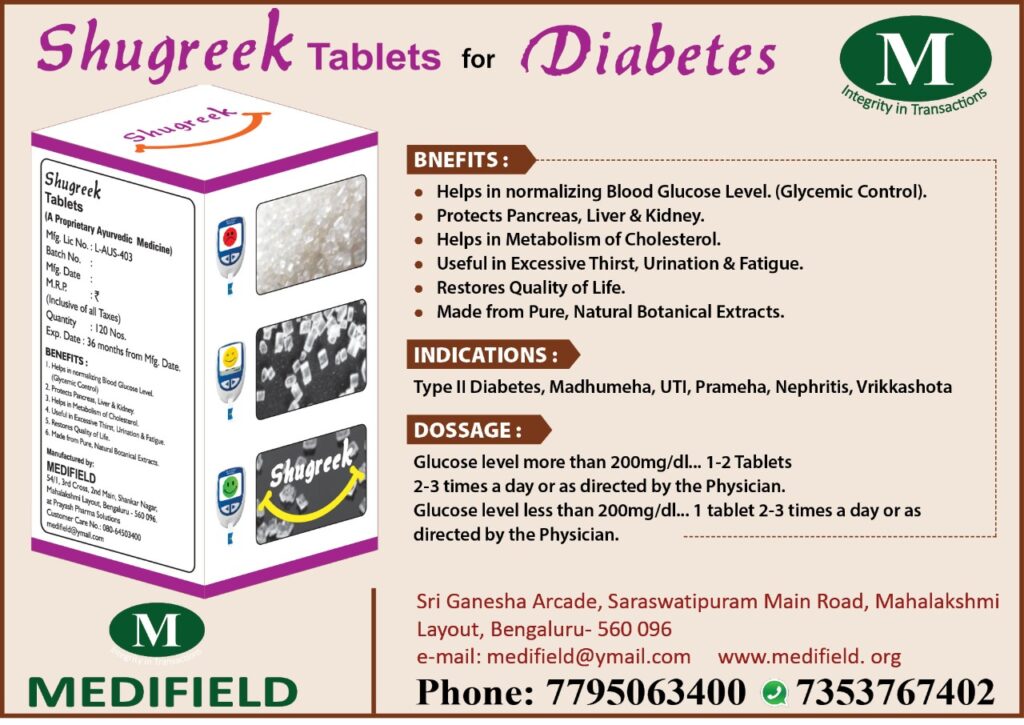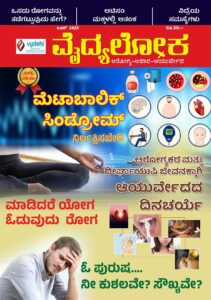Fatty liver is defined as the accumulation of fat in more than 5% of hepatocytes. Fatty liver now a days called as Metabolic Dysfunction Associated Steatotic Liver Disease (MASLD) until recently it was called as NAFLD. the more serious form of this is Metabolic Dysfunction Associated Steatohepatitis (MASH)1.
The prevalence of adult NAFLD in India has been reported between 6.7% and 55.1%. The prevalence of paediatric NAFLD in India varies from 7.3% to 22.4% in the healthy population2.


The prevalence of NAFLD increases with age. While it was once considered a condition primarily affecting adults, it is now increasingly being observed in children. This rise is largely attributed to the growing prevalence of overweight and obesity among school-going children. One of the key contributing factors is the high consumption of junk food, which often contains ultra-processed ingredients and excessive amounts of sugar.
Additionally, physical activity among children has significantly declined. Several reasons contribute to this trend, including lack of time for play, limited access to open spaces near homes or schools, absence of nearby friends, parental restrictions on outdoor play, and in some cases, the child’s own disinterest in playing outside. All these factors combined are creating a concerning environment that predisposes children to fatty liver disease at an early age. Overweight and obesity result from an imbalance of energy intake (diet) and energy expenditure (physical activity)
Non-Alcoholic Fatty Liver Disease (NAFLD) has a strong association with conditions such as Type 2 Diabetes Mellitus, Hypothyroidism, Hyperlipidemia, and Polycystic Ovarian Disease (PCOD). Individuals with these conditions are at a significantly higher risk of developing fatty liver.
As per the National Family Health Survey (NFHS)-5 (2019-21), overall, 24% of Indian women and 23% of Indian men are overweight or obese. There has also been an increase in the percentage of children under 5 years who are overweight (weight-for-height) from 2.1 percent in NFHS-4 (2015-16) to 3.4 percent in NFHS-5 (2019-21) at All-India level3
According to the National Institutes of Health (NIH), individuals who had fatty liver disease during childhood are at an increased risk of developing serious complications later in life. These complications include cirrhosis, liver failure, and liver cancer. Furthermore, they are also more likely to suffer from cardiovascular diseases, type 2 diabetes, and other metabolic disorders. This highlights the importance of early detection and lifestyle interventions in children to prevent long-term health consequences. NAFLD is becoming the leading cause for liver transplantation in India.
Natural History of NAFLD:
Up to 90% of patients with NAFLD have simple steatosis which carries a relatively benign prognosis, with no overall increase in mortality. However approximately 10-30% have the potentially progressive form of NAFLD.
CLINICAL FEATURES:
• NAFLD is usually asymptomatic although it may be associated with fatigue and mild right upper quadrant discomfort. It is commonly identified as an incidental detection of fatty liver on ultrasound or during work up for raised liver enzymes.
• Jaundice and other symptoms and signs of liver failure only occur when patients may have advanced to cirrhosis or HCC.
• Some of the patients are detected to have above findings during evaluation for other illness or while being evaluated for symptoms such as dyspepsia and generalized weakness.
Fatty liver disease often progresses silently, as patients typically do not exhibit symptoms in its early stages. However, if left undiagnosed, it can advance to more severe forms such as non-alcoholic steatohepatitis (NASH), cirrhosis, or even liver cancer. The good news is that if identified early, fatty liver is reversible, and the liver can return to a healthy state with appropriate lifestyle changes and interventions.
Therefore, raising awareness about the condition, its silent nature, and the importance of early detection is crucial to prevent serious health outcomes in the future.
In an effort to raise global awareness about fatty liver disease and its potentially serious health consequences, the Global Liver Institute (GLI) initiated the observance of Global Fatty Liver Day. This important health awareness day was first celebrated in June 2018. Since then, it has been observed annually on the second Thursday of June.
The primary goal of Global Fatty Liver Day is to educate the public, healthcare professionals, and policymakers about the rising burden of non-alcoholic fatty liver disease (NAFLD) and metabolic dysfunction-associated steatotic liver disease (MASLD). The campaign encourages early screening, lifestyle modifications, and timely medical interventions to prevent progression to severe liver conditions such as cirrhosis, liver failure, and liver cancer.
Prevention And Management
• Current treatment comprises life style modification to promote weight loss and improve insulin sensitivity through dietary changes and physical exercise.
• Weight reduction of 7 to 10% will show significant improvement in fatty liver.
• Avoid consuming sugary beverages, as they contribute significantly to fat accumulation in the liver and overall metabolic imbalance.
• Avoid a high-calorie diet and instead include adequate amounts of fiber, protein, and healthy fats to support overall health and liver function.
• Avoid processed and ultra-processed foods, including packaged items, as they contribute to poor liver and metabolic health.
• Ensure adequate daily water intake to support liver and overall health.
• Maintain a positive mindset and an active lifestyle to support long-term health.
• Avoid over eating.
• Consider starting intermittent fasting with a 14-hour fasting window for better metabolic and liver health.
REFERENCE
1. https://britishlivertrust.org.uk/global-fatty-liver-day/?utm_source=Intouch&utm_medium=email
2. https://pmc.ncbi.nlm.nih.gov/articles/PMC9168741/
3. https://www.pib.gov.in/PressReleaseIframePage.aspx?PRID=2107179


Dr Rohini Hd
Professor
Department Of Roga Nidana And Vikruti Vigyana
Adichunchanagiri Ayurvedic Medical College Hospital And Research Centre
Nagarur, Nelamangala, Ph: 77605 58855











